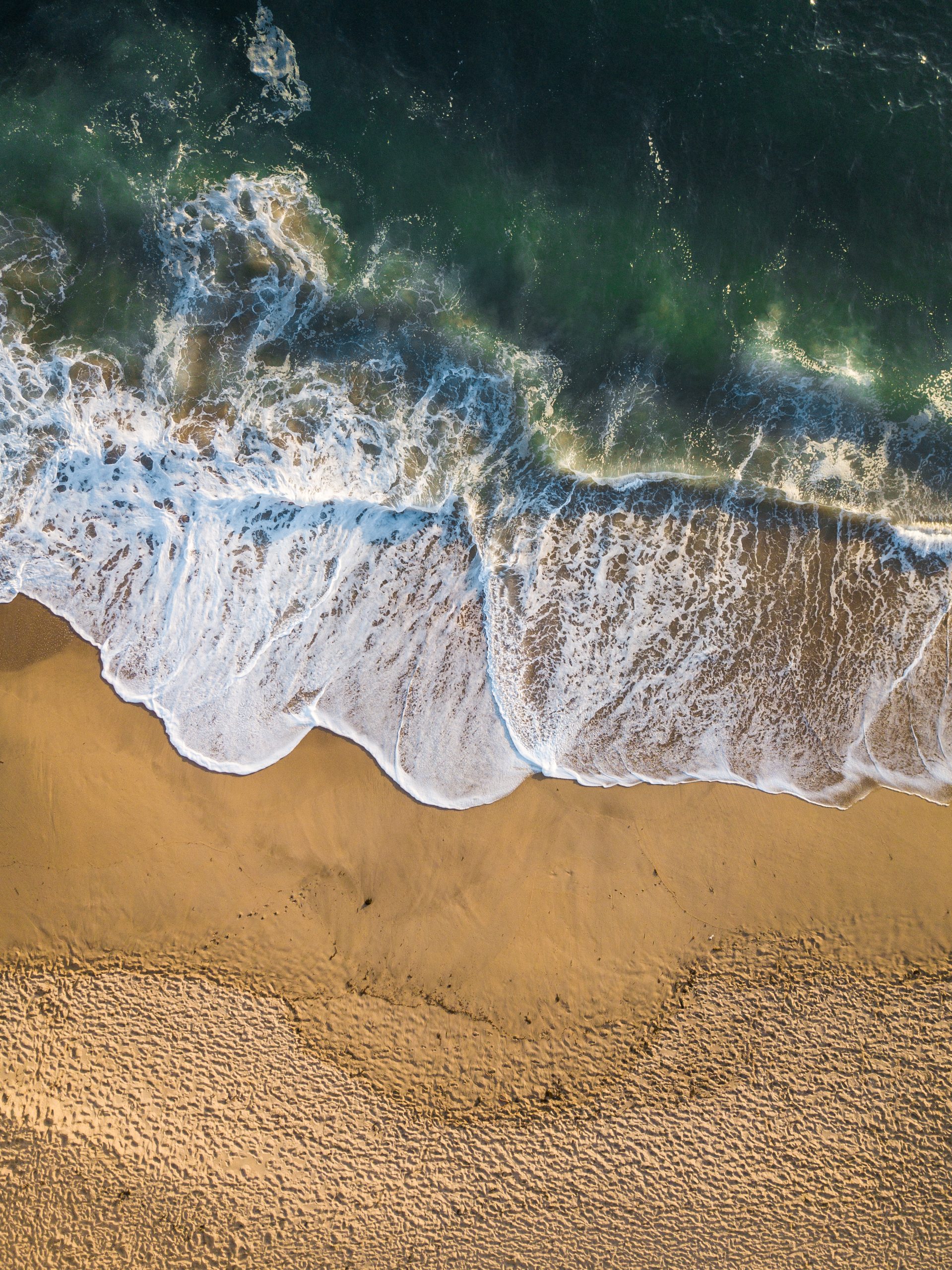Catherine Ellis
Coastal Erosion
Importance of Sandy Coastlines
Sandy beaches and dunes are a key component to coastlines as they buffer against the impact of wave and storm damage thereby preventing further erosion of inhabited upland areas and the contamination of saline water in water systems, crops and infrastructure1. Additionally, intact sandy beaches offer economic benefits in the form of tourism opportunities. The recreational services provided to beach users brings tourist expenditures at a local, regional and national level as beach-goers travel between regions and countries to visit. The ripple effect seen from such economic activities sees that the monetary benefits are passed from front line businesses to their suppliers, employees and onwards2.However, optical satellite images and analysis methods can classify the percentage of coast that is ‘sandy’ (forming 30% of the world’s coastline13 and also the rate of erosion of those coasts. This analysis shows less than 50% of sandy coastlines are stable and the majority of shorelines in marine protected areas are eroding. Corroborating this, the European Commission Joint Research Centre (JRC) estimates that half of the world’s beaches could disappear by the end of the century13.
What is driving the erosion of Sandy Coastlines?
Sandy beaches are eroded by multiple processes and environmental factors3 such as human activity, waves, currents and wind dynamics. With these factors, beaches are naturally a dynamic and constantly moving system, however, coastal erosion occurs when these dynamic actions are tipped out of balance causing long-term loss of sediments, coastline retreat and beach erosion4. There is consensus that urbanisation and increased climate change aggravates coastal erosion with adverse physical and socio-economic impacts on the world’s beaches and connected coasts.
For example, the construction of man-made structures such as piers and harbours along a coastline can exacerbate the already erosive action of waves by disrupting the natural flow. Harbours, marinas and leisure facilities are often built with the purpose of enhancing tourism and local economy but their impact on wave fields adds to the destruction of tourist-heavy beaches. The implications of this on ecosystems and socioeconomic factors is most felt in poorer, tourism dependent communities and leaves small island nations particularly vulnerable13.

The Impact of Coastal Erosion
- Impact on Populations
Approximately half the world’s population live within 200km of a coastline, with projections for this number to double (9).Future scenarios with no adaptation predict that global land loss due to sandy beach erosion comes to about 17,000km² during the 21st century with 1.6-5.3million people being forced to migrate. These migration costs amount to an estimated 300-1000 billion US Dollars (12). Presently, the UK government has committed to a £2.3 billion investment towards preserving properties and minimising the effects of coastal erosion through flood and erosion risk management. This provides opportunities for new technology and adaptive measures to better protect 15,000 properties for the next six years. Resilience Constellation is developing Monitoring, Mapping and Mitigation products for the assessment of human and climate impacts on coastal economies, property and planning. - Impact on Economy
Coastal managers and investors are increasingly aware that seaside tourism can only be sustained if the coastal natural assets are protected from erosion (14). The associated land loss and unpredictable land changes from such erosion results in significantly decreased economic value and property development. A case study of Tetouan beaches in Morocco using physical and economic simulations show that beach erosion has significant negative economic impacts on the tourism sector (14). Additionally, erosion along the coast of Delaware, US, directly impacted the value decline of properties closest to the coastline. - Impact on Biodiversity and Ecological BalanceResults from a long-term study in the Black Sea confirm that increased concentration of mineral particles as a result of coastal erosion threatens sea species such as benthic organisms, microalgae and copepods which dwell in the sediment surface of the water. Such damage to benthic species has been found to directly impact ecosystem functioning and significantly decrease total productivity of coastal waters (17). The interconnected network of biodiversity and ecosystems create an on-going cycle of coastal erosion and biodiversity loss leading to an overall decreased marine environment resilience (8).With the UN Sustainable Development Goal 14 focusing on improving ocean health and to enhance the contribution of marine biodiversity, preventing coastal erosion is an integral aspect of this (15).
Integrated Coastal Zone Management
A long-term and holistic outlook is required when assessing the efficacy of economy and property-saving measures as previous ‘sectoral’ approaches have come at the expense of biodiversity and further erosion (9), such as beach nourishment and wave-breaks. As such, reliable mapping of existing sandy coasts and their rates of erosion are key for effective and sustainable planning of coastal development and engineering projects in tandem with climate change mitigation (10).
Integrated Coastal Zone Management (ICZM) is an approach that aims to encompass these factors by providing a dynamic and multidisciplinary process for all stakeholders seeking sustainable coastal management in a given area. Information is collected for planning, decision making, management and implementation which seeks to balance environmental, economic, social, cultural and recreational objectives over the long-term (20).
Due to ICZM’s multi-sector approach, all levels of administration and relevant stakeholders need to be on-board which requires aligned legislation, policies and incentives.
For example, in the UK, Coastal Partnerships have been recognised as a method for delivering ICZM as they facilitate participatory approaches at a local and regional level and across government, private and voluntary sectors (21). Case studies from the OURCOAST initiative by European Commission show that although a successfully integrated and participatory approach with public awareness may take more time it is ultimately more cost-effective and increases confidence in coastal management, development and restoration (21).

